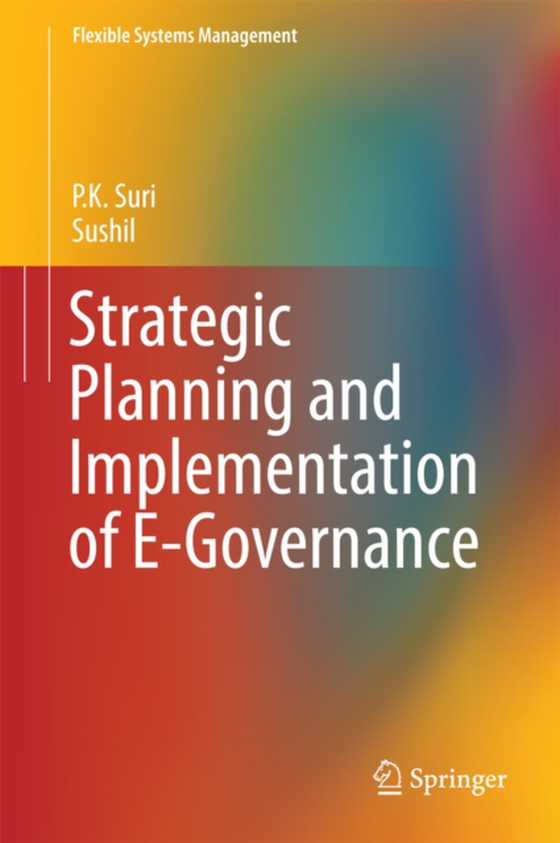
Strategic Planning and Implementation of E-Governance e-bog
948,41 DKK
(inkl. moms 1185,51 DKK)
The book is based on practical experience gained during the planning and execution of e-governance projects in India coupled with extensive research based on six national/multi-state-level agriculture related projects. It assesses e-governance projects in terms of desired project outcomes and analyzes performance from the viewpoints of three key groups - planners, implementers and beneficiaries...
E-bog
948,41 DKK
Forlag
Springer
Udgivet
6 september 2016
Genrer
Business strategy
Sprog
English
Format
pdf
Beskyttelse
LCP
ISBN
9789811021763
The book is based on practical experience gained during the planning and execution of e-governance projects in India coupled with extensive research based on six national/multi-state-level agriculture related projects. It assesses e-governance projects in terms of desired project outcomes and analyzes performance from the viewpoints of three key groups - planners, implementers and beneficiaries. It highlights six constructs: extent of planning, comprehensiveness of strategy formulation, effectiveness of strategy implementation, changing situation, stakeholder competence levels and flexibility of processes, which are applied to reveal shortfalls in the existing planning and implementation system for e-governance projects in India. It also identifies a set of significant strategic variables influencing performance based on three independent opinion surveys of stakeholders located across the country, and uses these variables as the basis of strategic gap analyses of some major ongoing agriculture related projects. Furthermore it presents lessons learned from cross-case quantitative and qualitative analyses in the form of a generalized strategic framework for improving performance. Offering an overview of major e-governance projects, it uses several illustrative examples to address the underlying issues and to support the study findings and recommendations. It also presents a novel approach of building strategic alliances across related departments to achieve effective e-governance. The book will be of interest to the practitioners in government as well corporates who are engaged in planning and implementation of e-governance projects spanning across various layers of government. In Indian context, the learning issues are likely to trigger appropriate corrective measures for generating better value from the several flagship projects envisaged under the Digital India Programme. Further, it will interest the academic audience working on the strategic framework and constituting constructs. It will also benefit business students and application software architectures who aspire for a consulting career in the area of e-governance.
 Dansk
Dansk

